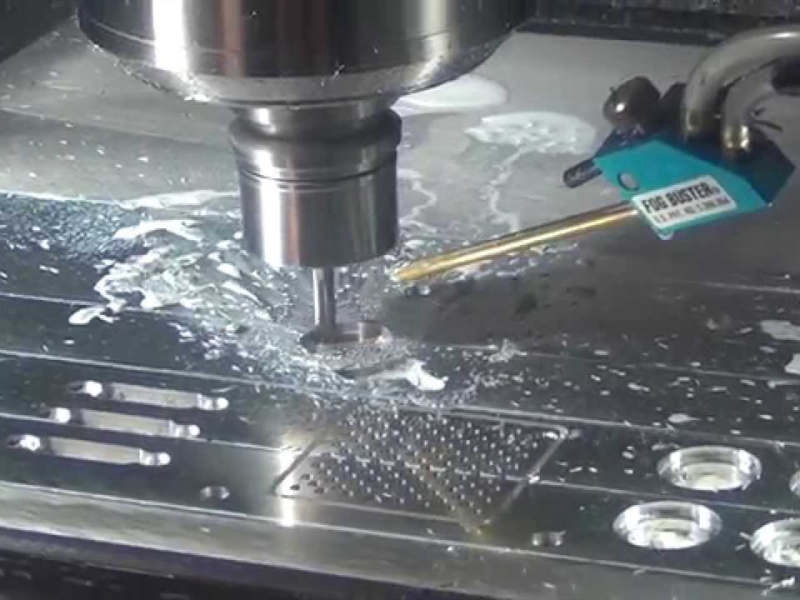


The robot has a large working space, multi-axis flexibility and axis expansion capability, suitable for complex workpiece grinding, casting and die casting deburring, large-scale sculpture processing, etc. However, compared with CNC precision machining equipment, robot machining equipment has problems such as geometric parameter errors of the body, machining equipment errors, and low teaching and programming efficiency, resulting in low machining accuracy and difficult control.
When the robot adopts software programming, it involves the inconsistency between the control model and the geometric model of the actual robot, which leads to the generation of trajectory errors. The solution is to calibrate the geometric parameters of the robot, and use the calibrated geometric parameters to establish the kinematic equation of the actual robot, so as to realize the consistency between the robot control model and the actual geometric model and reduce the trajectory error. The existing calibration method is to use the robot end trajectory error to solve the geometric parameters, the solution process is complicated, the solution accuracy is related to the position of the point, and the decoupling calibration of the geometric parameters and the zero position error cannot be realized, and the zero position is coupled to the calibrated geometric parameters. error. When the CAM software space and the robot processing space are not registered, the error that the trajectory in the CAM software space is mapped to the robot processing space is formed. The registration methods of the two spaces are as follows: (1) Establish a theoretical model of the transformation matrix between each unit in the processing space; (2) Use measuring instruments to measure the feature points on each unit, and use the optimization algorithm to improve the measurement accuracy of the feature points; (3) Use the measurement Calculate the elements in the conversion matrix between each unit; ④ use the calculated conversion matrix to adjust the CAD model pose of the corresponding unit in the CAM software space. A better registration method is to use the calibrated robot as a measuring tool to measure feature points to avoid errors in coordinate establishment and coordinate point conversion.
Robot processing uses CAM software to generate tool trajectory, and then performs post-processing according to the robot kinematics model to convert the tool trajectory into a robot trajectory. In order to improve the trajectory accuracy, it is necessary to use the kinematic equations, zero error and registration parameters established after the calibration of the geometric parameters of the robot body to convert the tool trajectory.